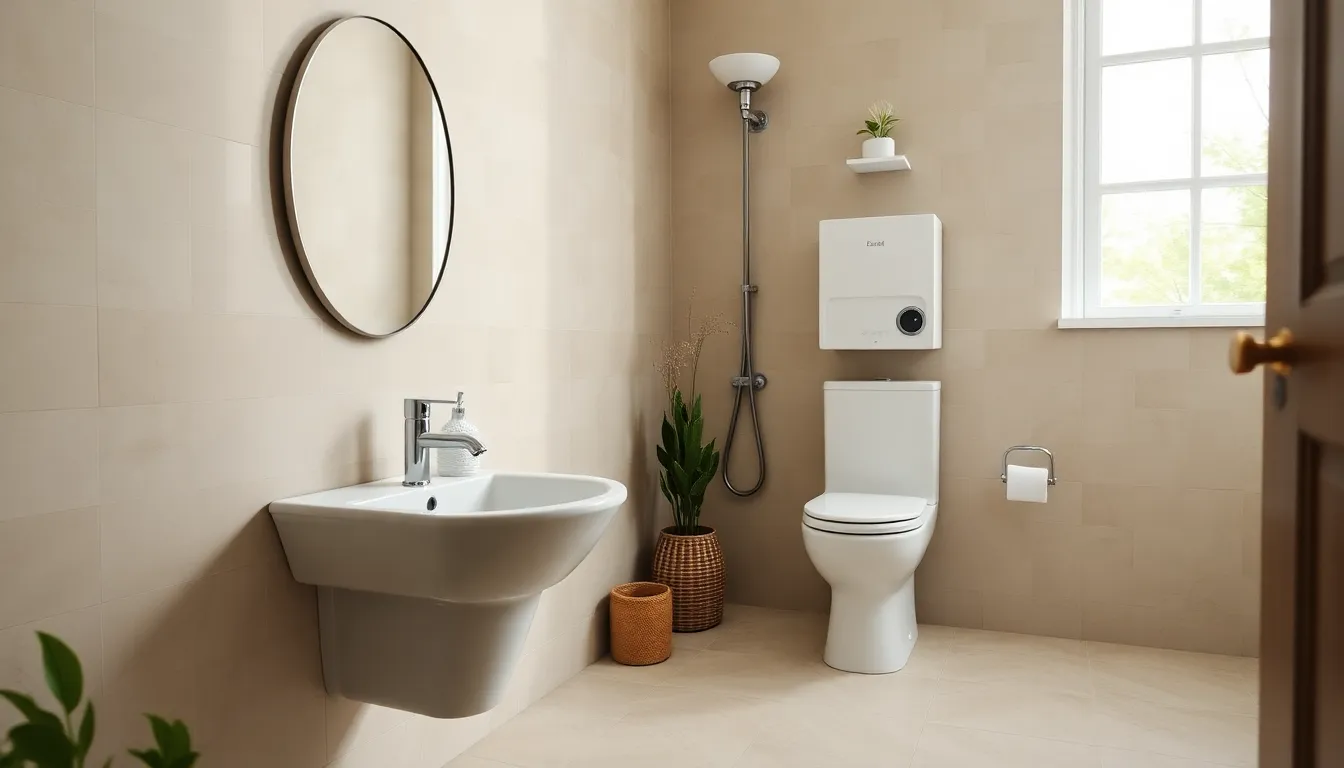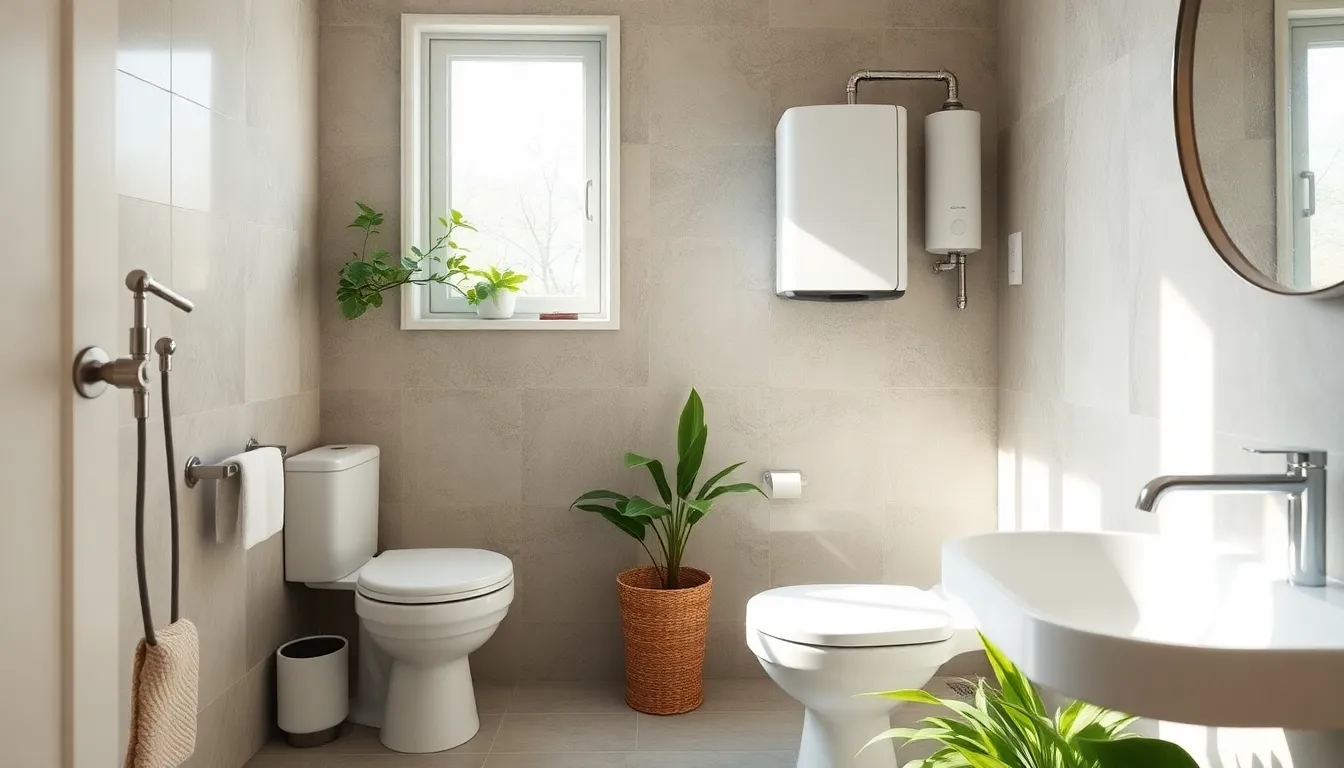With water scarcity becoming a pressing issue, eco-friendly plumbing upgrades are more than just a trend; they’re a necessity. From low-flow fixtures to innovative greywater systems, these upgrades can significantly reduce water consumption while enhancing comfort and style.
Homeowners in the Rio Grande Valley are increasingly seeking ways to make their spaces both beautiful and environmentally responsible. By investing in eco-friendly plumbing solutions, they can lower utility bills and contribute to a healthier planet. This article will explore practical upgrades that not only transform bathrooms but also promote a sustainable lifestyle, offering fresh perspectives and insights into creating a greener home.
Benefits of Eco-Friendly Plumbing Upgrades
Eco-friendly plumbing upgrades offer numerous advantages for homeowners. These upgrades not only enhance sustainability but also improve overall home efficiency.
Conservation of Water
Conservation of water remains one of the primary benefits of eco-friendly plumbing upgrades. Low-flow faucets and showerheads reduce water usage by as much as 30%, helping to preserve this vital resource. Dual-flush toilets also conserve water, using less on liquid waste while providing full flushing capability when necessary. Greywater systems allow the reuse of water from sinks and showers for irrigation, further promoting effective water conservation.
Reduced Utility Bills
Reduced utility bills provide an additional incentive for eco-friendly plumbing upgrades. Low-flow fixtures and energy-efficient water heaters decrease overall water and energy consumption. Homeowners can save between $100 and $300 annually by implementing these upgrades. As plumbing systems become more efficient, they not only support environmental sustainability but also lead to significant financial savings over time.
Types of Eco-Friendly Plumbing Upgrades

Eco-friendly plumbing upgrades enhance bathroom efficiency while conserving water. These upgrades not only lower utility bills but also contribute to sustainable living.
Low-Flow Fixtures
Low-flow fixtures, including faucets and showerheads, significantly reduce water consumption without sacrificing performance. These fixtures can cut water usage by up to 30%, ultimately promoting sustainability. Homeowners in the Rio Grande Valley benefit from installing these options as they maintain a comfortable water flow while maximizing conservation.
Tankless Water Heaters
Tankless water heaters provide on-demand hot water, thereby eliminating the energy loss associated with traditional tank models. These systems heat water only as needed, leading to energy savings that can reduce utility bills. Using a tankless water heater can save homeowners between 24% and 34% in energy costs annually, promoting both efficiency and eco-friendliness.
Dual-Flush Toilets
Dual-flush toilets offer two flushing options, allowing users to select either a low-volume flush for liquid waste or a full flush for solid waste. This design significantly conserves water, potentially saving up to 68% more water per household annually compared to standard models. Homeowners looking to balance function and sustainability can benefit from this upgrade.
Greywater Recycling Systems
Greywater recycling systems capture water from sinks, showers, and washing machines for reuse in landscaping and toilet flushing. These systems can reduce overall water consumption by up to 50%, making them an exceptional choice for eco-conscious homeowners. Implementing greywater systems promotes sustainable practices while effectively managing resources.
Choosing the Right Eco-Friendly Upgrades

Selecting eco-friendly upgrades for bathrooms involves careful consideration of individual needs and available resources. Making informed choices enhances both efficiency and sustainability in the home.
Assessing Your Bathroom Needs
Assessing current water usage helps identify which fixtures or systems require upgrades. Understanding water consumption patterns allows homeowners to effectively target areas for improvement. Consider fixtures that consume the most water, such as showerheads, faucets, and toilets. Upgrading these offers immediate benefits in conservation. Evaluating the layout of the bathroom can also guide the selection of efficient, space-saving designs. Low-flow alternatives or dual-flush toilets often become excellent investments in such assessments.
Budget Considerations
Budgeting for eco-friendly upgrades requires balancing initial investment against long-term savings. While some upgrades, like low-flow showerheads, have lower upfront costs, more substantial upgrades, like tankless water heaters, may require higher initial spending but lead to greater savings on utility bills over time.
Homeowners often save between $100 and $300 annually after installing such enhancements. Assessing local rebates or incentives for water-efficient fixtures can further offset expenses, making eco-friendly solutions more accessible. Evaluate the potential return on investment to prioritize the most impactful upgrades.
Installation and Maintenance Tips
Eco-friendly plumbing upgrades enhance bathroom efficiency and sustainability when installed and maintained correctly. Below are essential tips for both hiring professionals and DIY enthusiasts.
Hiring a Professional Plumber
Engaging skilled professionals ensures high-quality installation of eco-friendly upgrades. Experts in Rio Grande Valley plumbing provide invaluable experience for seamless integration of fixtures like low-flow toilets and tankless water heaters. Professionals assess existing systems for compatibility and offer reliable water heater repair services. They also ensure compliance with local codes, preventing future issues. Choosing professionals brings peace of mind and long-term efficiency for bathrooms.
DIY Upgrades and Maintenance
For homeowners opting for DIY projects, specific upgrades enhance both functionality and sustainability.
- Low-flow fixtures: Replace existing faucets and showerheads with low-flow options, reducing water consumption by up to 30%.
- Routine cleaning: Clean aerators and showerhead filters regularly to maintain optimal flow and efficiency.
- Toilet upgrades: Install dual-flush toilets to conserve water, providing options for light or heavy flushes.
- Monitor leaks: Regularly inspect plumbing for leaks or drips; even minor issues can increase water bills and waste resources.
These straightforward upgrades and maintenance strategies promote energy savings and ensure eco-friendly systems function effectively. For additional support, homeowners can refer to our expert plumbing solutions or contact Integrity Services & Plumbing for professional assistance.
Conclusion
Embracing eco-friendly plumbing upgrades in bathrooms is a smart choice for homeowners looking to conserve water and reduce utility bills. These upgrades not only enhance the aesthetic appeal of the space but also contribute to a more sustainable lifestyle. By investing in low-flow fixtures and greywater systems, individuals can make a significant impact on water conservation.
As more homeowners in the Rio Grande Valley seek environmentally responsible solutions, the benefits of these upgrades become increasingly evident. With careful planning and consideration of individual needs, transforming a bathroom into an eco-friendly oasis is achievable. Adopting these practices not only fosters a greener home but also promotes long-term savings and efficiency.
Frequently Asked Questions
What are eco-friendly plumbing upgrades?
Eco-friendly plumbing upgrades include fixtures and systems designed to reduce water consumption while enhancing efficiency. Examples are low-flow faucets, dual-flush toilets, tankless water heaters, and greywater recycling systems. These upgrades help conserve water and can lead to significant cost savings on utility bills.
How much water can low-flow fixtures save?
Low-flow fixtures can reduce water usage by up to 30%. This is achieved through innovative designs that provide strong performance while consuming less water, making them an effective solution for eco-conscious homeowners.
What is a greywater recycling system?
A greywater recycling system captures water from sinks, showers, and laundry for reuse in irrigation or toilet flushing. This system can decrease overall water consumption by up to 50%, promoting sustainability and reducing water utility costs.
How do dual-flush toilets work?
Dual-flush toilets feature two flushing options: a low-volume flush for liquid waste and a higher-volume flush for solid waste. This design can potentially save households up to 68% more water compared to standard toilets, making them a smart eco-friendly choice.
What are the financial benefits of eco-friendly plumbing upgrades?
Eco-friendly plumbing upgrades can result in annual savings between $100 and $300 on utility bills. While some upgrades may require higher initial investments, their long-term benefits and reduced consumption typically lead to significant financial returns.
How do I choose the right upgrades for my bathroom?
Assess your bathroom’s water usage and identify which fixtures consume the most water. Consider both your budget and the potential long-term savings when selecting upgrades, focusing on those that provide the highest impact on efficiency and sustainability.
Should I hire a professional for installation?
Yes, hiring a professional plumber is recommended for most eco-friendly plumbing upgrades. Professionals ensure proper installation, compliance with local codes, and compatibility with existing systems, increasing the longevity and performance of your upgrades.
Can I do any eco-friendly plumbing upgrades myself?
Yes, homeowners can undertake simple upgrades like installing low-flow faucets or dual-flush toilets with basic DIY skills. Regularly monitoring for leaks and maintaining fixtures also helps maintain their efficiency and effectiveness over time.

